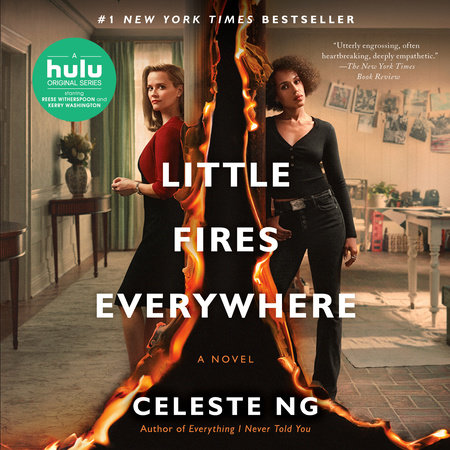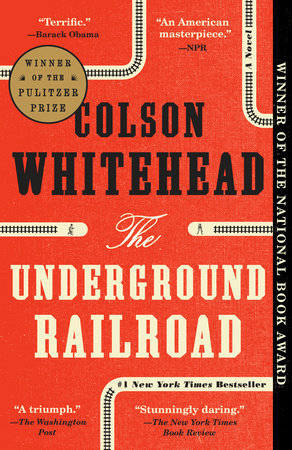Hoffman’s latest offering, “The Rules of Magic,” is likely to attract particular attention because it’s a prequel to her 1995 novel, “Practical Magic,” perhaps the best-known work of her career and the basis for the 1998 film starring Sandra Bullock and Nicole Kidman as the sisters Sally and Gillian Owens, born into a Massachusetts family whose founding matriarch escaped Salem’s gallows by magicking herself out of her noose.
Hoffman has now returned to fill out their portraits, providing a back story that thoroughly upends what we thought we knew about them. The Owens sisters had a baby brother! The only male Owens in centuries was the third child of Susanna, an Owens who skedaddled out of Massachusetts as soon as she could, desperate to remove herself from the stigma clinging to her family name.
 It’s tough to top a dead body in a car, the event that drove the plot in “Practical Magic,” and Hoffman doesn’t try. Instead she goes for historical sweep, setting the Owens siblings’ saga against the backdrop of real events like the Vietnam War, San Francisco’s Summer of Love and the Stonewall riots. But this is a novel that begins with the words, “Once upon a time,” and its strength is a Hoffman hallmark: the commingling of fairy-tale promise with real-life struggle. The Owens children can’t escape who they are. Like the rest of us, they have to figure out the best way to put their powers to use.
It’s tough to top a dead body in a car, the event that drove the plot in “Practical Magic,” and Hoffman doesn’t try. Instead she goes for historical sweep, setting the Owens siblings’ saga against the backdrop of real events like the Vietnam War, San Francisco’s Summer of Love and the Stonewall riots. But this is a novel that begins with the words, “Once upon a time,” and its strength is a Hoffman hallmark: the commingling of fairy-tale promise with real-life struggle. The Owens children can’t escape who they are. Like the rest of us, they have to figure out the best way to put their powers to use.Lovely dinner where we did discuss both Rules of Magic and Little Fires:












